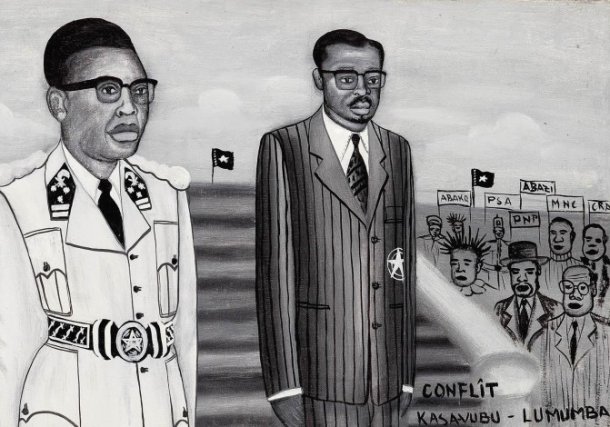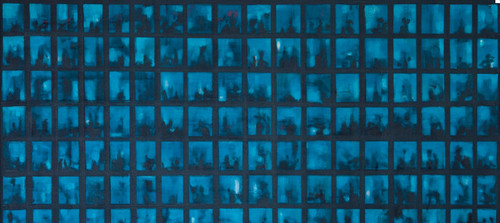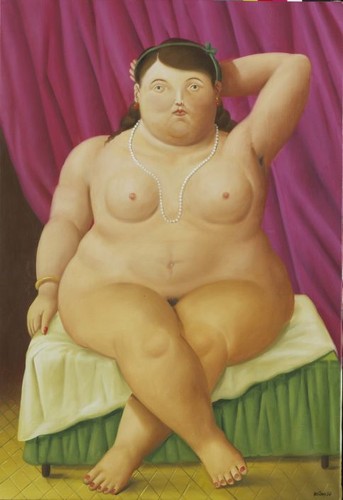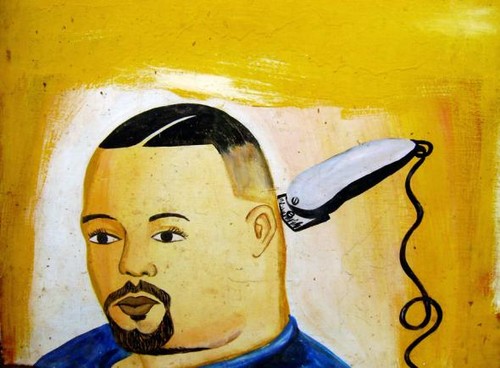A história do Congo e a pintura
Publicado29 Jun 2015

Imagem: Conflit Kasavubu-Kumumba-Tshibumba Kanda-Matulu
A exposição 53 ECHOES OF ZAIRE: POPULAR PAINTING FROM LUBUMBASHI junta obras de T. Kalema, C. Mutombo, B. Ilunga, Ndaie, e Tshibumba Kanda Matulu. que, através da sua obra, reflectem sobre a História do país, desde o período colonial, em exibição em Londres até final do mês. Na Contemporary and, a critica de arte sul africana Liese Van Der Watt faz a análise:
History is of course never “just a story,” and the extraordinary exhibition 53 Echoes of Zaire that just opened in London, showing some of these paintings by Kanda Matulu and four other painters from the Congo, makes very clear that these painters’ version of history is indeed an emotive, impassioned plea to tell their side of the story, to insert narratives into the vacuum left by official versions of history that circulated at the time.
The exhibition was curated by Salimata Diop from the Africa Centre in London in cooperation with the Sulger-Buel Lovell gallery. It comprises 53 paintings by artists Louis Kalema, C. Mutombo, B. Ilunga, Ndaie, and Tshibumba Kanda Matulu, belonging to the Belgian collector Etienne Bol whose late father Victor Bol collected these works while spending time in Zaire in the 1970s.
The artists are all self-taught and the exhibition shows a series of works all executed in a style similar to what is sometimes called the Zaire School of Popular Painting. The most famous of this so-called school is probably Chéri Samba, who shot to fame after he was included in the Magiciens de la Terre (Magicians of Earth) show at the Pompidou in 1989. These works are painted on flour sack rather than canvas, often with a limited palette of poster paints and with thick brushes. But whereas Samba and his colleagues from Kinshasa tend to record everyday events, the works on the current show are all from painters around Lubumbashi, in the south, with a focus on historical topics. This is probably as much the result of the collector’s keen eye as anything else – the catalogue tells us that these works were made for a local audience and were mostly sold to local people, so one may surmise that these artists probably also painted genre paintings for a local clientele.
O artigo completo, aqui




